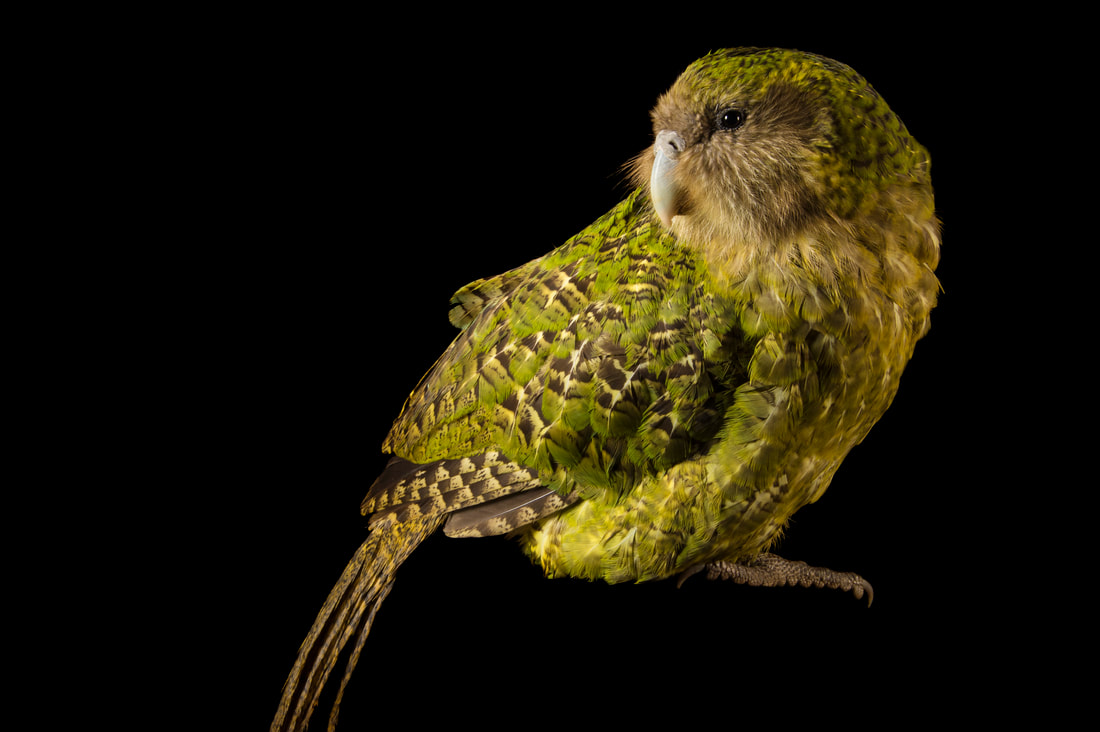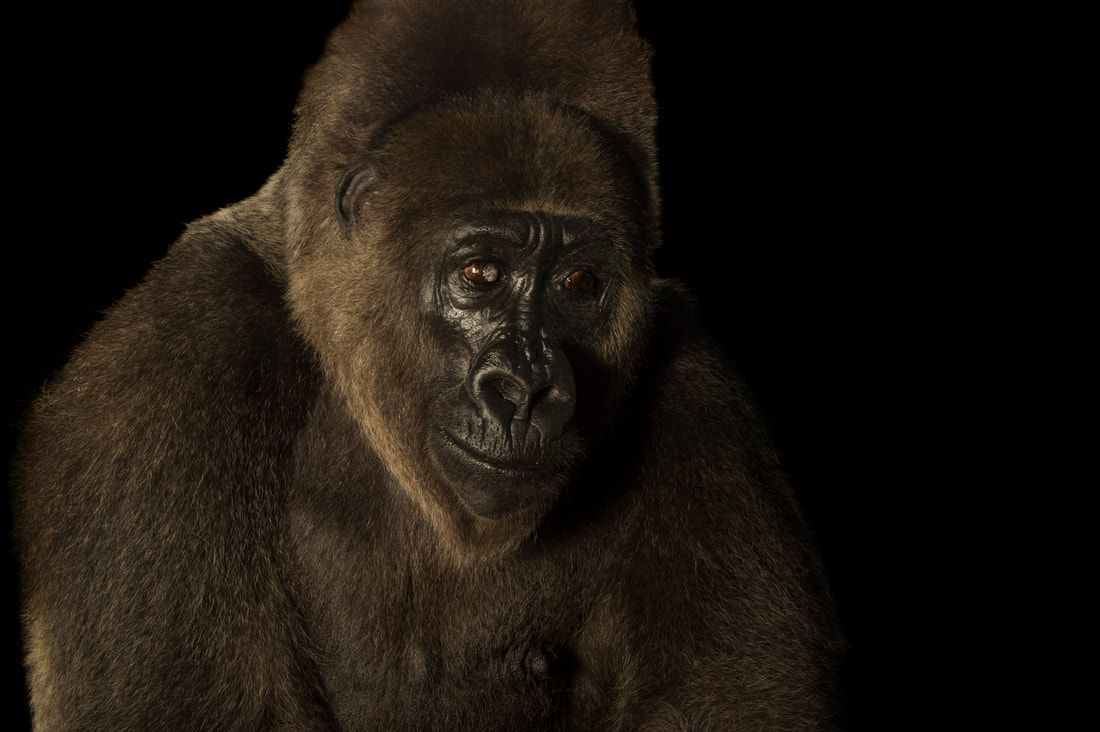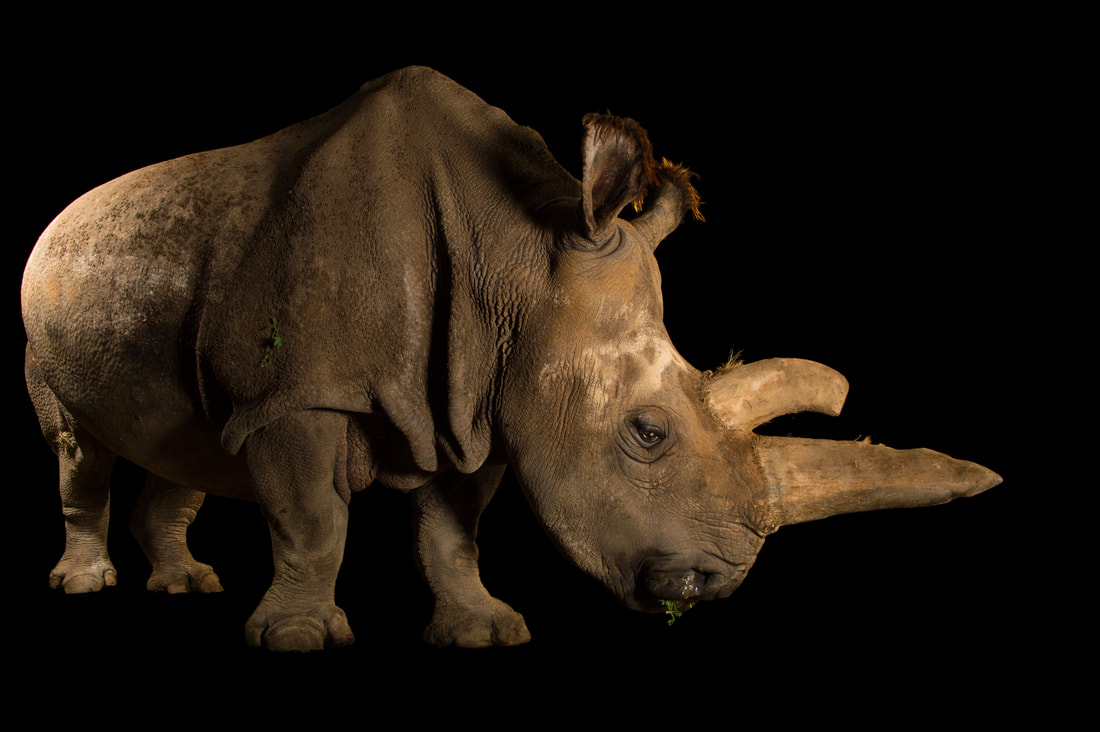|
We reached out to our World Wildlife Day Film Showcase filmmakers to ask them five questions about the experience of making their films.
What inspired this story? Executive Producer John Bredar: Joel Sartore inspired this story. His spectacular work and tireless commitment to opening our eyes to the beauty and value of biodiversity, makes this irresistible. We’d follow him anywhere. Were there any surprising or meaningful experiences you want to share? Executive Producer Laurie Donnelly: One of the many poignant moments included the filming of a rare Northern White Rhinoceros named Nabire -- one of only five of this subspecies remaining in the world -- Joel and the crew filmed her just a week before she died. What impact do you hope this film will have? Director Chun-Wei Yi: We want to show folks that the place we call home is also the home to LOTS of other creatures. And they’re beautiful. Joel Sartore’s photographs of them really get us to stop and fall in love with something we never knew even existed. Joel often says that 'you can’t save what you don’t love,’ so this is his way of getting animals in front of people, showing us what we stand to lose, and hopefully saving the planet and us, one photograph and one species at a time. And personally, I’d be really happy if people came away with a new favorite animal. Mine was the world’s second smallest chameleon, the Madagascan dwarf chameleon (Brookesia minima). Joel photographed it in his hand to give a sense of scale and even fully grown, it barely fit on Joel’s thumbnail. Describe some of the challenges faced while making this film. Director Chun-Wei Yi: Just keeping up with Joel was one of the biggest challenges! I mean, the guy came up with a 25-year long project to photograph 15,000 species. Joel’s on another level when it comes to big goals, so trying to stay one step ahead of him in order to film his process meant the crew and I got very little sleep during some intense shooting days while juggling time zones. Besides Joel, keeping up with the other animals in our midst presented challenges. The great thing about his photographs is that all creatures — big and small — are the same size in a photograph. In real life, some are as big as a car (rhino), while others can easily fit on your fingertip (chameleon), so having a wide variety of camera equipment to capture each animal’s essence and beauty was crucial but a lot to manage. We also developed a high tolerance for poop and pee. Not Joel’s thankfully, but of the animals with whom we worked. Now Joel uses a lightweight, nylon photography tent for smaller animals and we modified a bunch of them to give our cameras more access into the box. These tents are white. Feces from most animals are not white. Now nature calls and calls often, so the novelty of wiping, un-smearing, and cleaning without cleaning supplies (for animal safety) quickly wears off and eats up precious time. I’m a good hand washer. What drove you as a filmmaker to focus on biodiversity? Director Chun-Wei Yi: Biodiversity is not typical water cooler talk and it’s definitely not something that trends on social media. Yet understanding and prioritizing biodiversity is critical as we spread into the remaining corners of our planet. The good thing is, people love animals and the Photo Ark is an amazing look at our planet’s biodiversity. Picture after picture shows us the variety and beauty of creatures out there, so you can really capture and hold people’s attention. So while they're looking at a South China tiger, Decken’s sifaka, or the naked mole rat, we can eventually lead folks to a conversation about biodiversity. First, you share a little bit about this animal — where it is from, what it eats, and it's amazing adaptations — and pretty quickly, we’re talking about its role in their ecosystem and how its survival is tied to ours and all life on Earth. As more and more people live in denser cities and lead more digital lives, we get removed from and can forget about the wider world out there. Yet our dependence upon it doesn’t change, so Joel’s photographs and this film serves as a reminder of what’s out there and why we need to protect it.
1 Comment
|
Archives
March 2024
Categories
All
|
Contact UsJackson Wild
240 S. Glenwood, Suite 102 PO Box 3940 Jackson, WY 83001 307-200-3286 info@jacksonwild.org |




 RSS Feed
RSS Feed